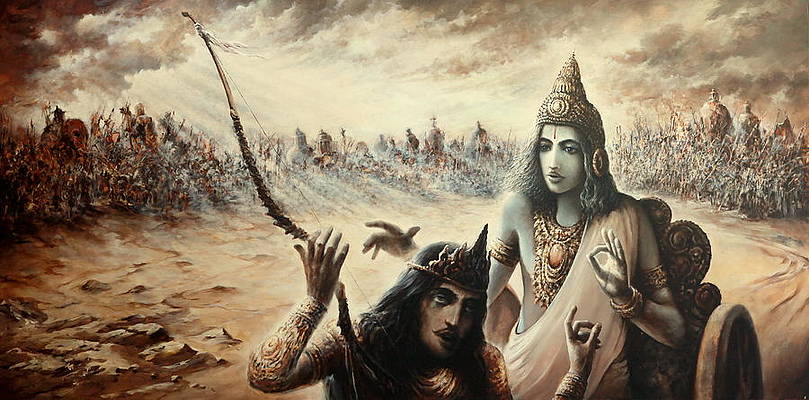‘Sacred Cow’- a phrase originated in the Indian practice of ‘cow worship’, has unfortunately become synonymous with the hindrance of natural progress, especially because it is difficult to understand the idea of such a tradition in a world where thousands of humans are malnourished. But the popular opinion need not always be correct. A deeper look into perhaps the oldest culture in the world might help to clarify things!
Around 70% Indians live in villages and this simplicity of rural Indian life is often mistaken for backwardness and ignorance. But the reason for the continued existence of a culture like this has to have a strong reason! And we can see that the ills of urbanization have mostly eluded rural India, allowing it to remain whole.
Cow protection has often come under attack due to modern economists contending that beef could single handedly solve food problems in India and open doors for a lucrative export trade. But for a country like India, cattle are central to the economy and lives of people. Let us take a deeper look.
Being an agricultural country, India has always depended on cattle (esp. cows and bulls) for most of its work and this is true even today. This is primarily because of the dynamic climatic conditions of the subcontinent and most landholders possessing small land holdings. Thus the tractor does not present itself as a feasible tool for most farmers in India. Therefore bullocks are needed to plough the land, especially in the short period following monsoons when the soil is most fertile, because using heavy machinery would render it useless.
‘Zebu’ is the species of cattle native to India, and where on the one hand zebu bulls help in tilling the land, zebu cows provide us with milk. But this is just the tip of the iceberg. The biggest contribution from cattle is their dung- which is actually the lifeline of Indian agriculture. It is the most cost-effective fertilizer and fuel available (practically free). The Vedas also explain that it is a powerful antiseptic (validated by modern science) which is free from contamination. It’s also a natural thermostat which helps keep warm in the winters and cool in the summers. In a country which houses more than 280 million cattle, you can well imagine the amount of cow dung production. If we were to shift to fossil fuels, it would not only cause massive wastage of a natural resource, but also increase the cost of agriculture manifold.
Frances Moore Lappe has also written in her novel ‘Diet for a Small Planet’ that, “For every sixteen pounds of grain and soy fed to beef cattle in the United States, we only get one pound back in meat on our plates. Milk production is more efficient, with less than one pound of grain fed for every pint of milk produced. (This is partly because we don’t have to grow a new cow every time we milk one.)”. Thus we can see that beef is not such a lucrative option after all. In recent years critics have also come to agree that cattle are indeed central to the Indian economy. They consume only grass and in turn produce fuel, fertilizers and nutrition in abundance.
The Indian system has endured for thousands of years; it is not only economically wise, but also rich culturally and spiritually. It may well be time to export the spiritual heritage of India to the rest of the world, where technology continues to threaten the tangible progress of humanity in its search for the deeper meaning of life.
Image: Freeimages.com






Thanks for the article. I have read in 50’s that one mr. narang a farmer in terai UP AREA experimented with bullocks ploughing and doing all chores in the farming with livestock .,like transportation ,fuel , manure and bringing wheat and thrashing wheat all with god han and it was cheaper and the family healthier . Old is gold ..back to nature ..machines and robots won’t work where we have so many hands and so big an animal population I think we are no.1 in livestock and no.2 in human population.